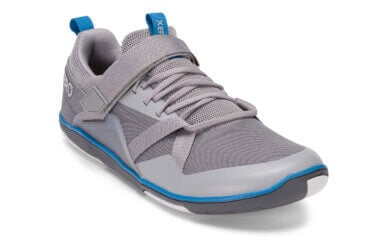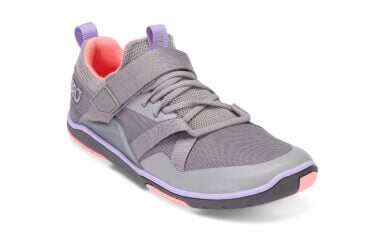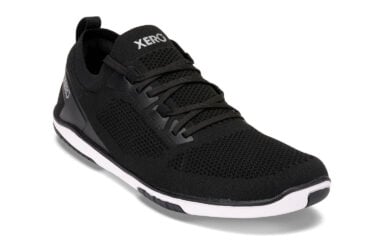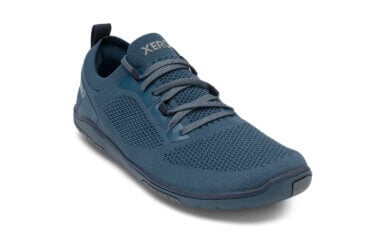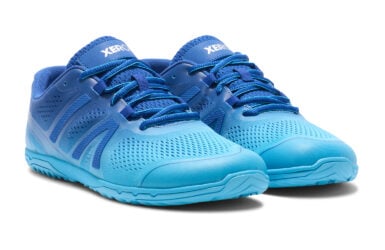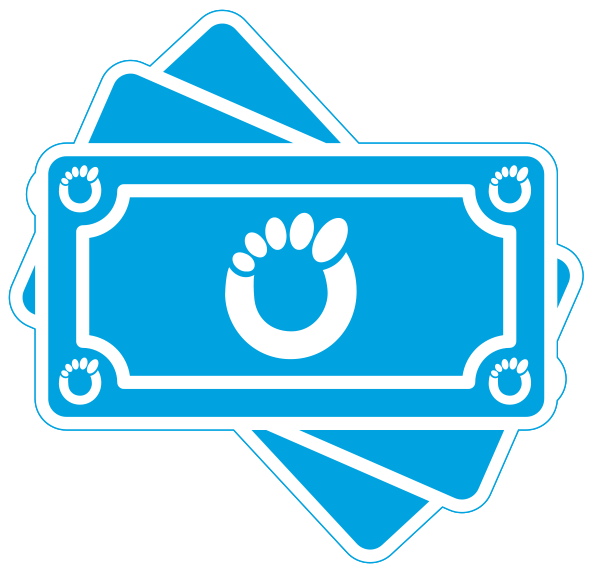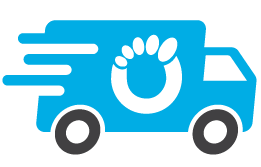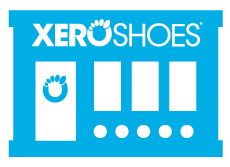New Year, Better You – Tips for Getting Back to the Gym
Getting into better shape—and feeling better all around—is on a lot of people’s minds this time of the year.
And with that (usually) comes getting back to the gym and setting some fitness goals. If you want to achieve the results you’re working toward, the key isn’t just getting back to the gym, but to keep going to the gym… not just for a few weeks, but as part of your routine throughout the year.
Some of the reasons that people stop going to the gym just a few weeks into January is because they get sore—or even injured—as they’re trying to improve their fitness.
David Freeman, Performance Coach and Xero Shoes partner, has a few tips to help you enjoy a more successful year, to stick with your fitness goals, and to feel good while you’re doing it.
5 Tips for Getting Back to the Gym and Building a Successful Training Habit
1. Start Where You Are
As the New Year starts, it’s common for your motivation to be high, which is great. But that high level of motivation can also turn into impatience for the outcome you’re after. And that impatience can lead to you pushing yourself harder than is healthy.
David recommends starting where you are. He says, “Transitioning back into training isn’t about doing it all at once. It’s all about consistency. Just like Xero Shoes prioritizes natural movement and reconnecting with the ground, approach your training as a way to reconnect with your body. Begin with foundational movements and gradually build intensity once the mechanics have been mastered.”
By focusing on small, steady gains and consistently showing up for your workouts, you’ll build a habit that sticks… and that’s going to deliver far better results than stopping and starting throughout the year because you get discouraged… or worse, injured.
2. Prioritize Form and Function.
It’s so tempting to throw yourself into your workouts right from the start, to push yourself to lift more, go hard, and last longer. But that’s a recipe for injury and discouragement.
What David recommends instead is to focus on form and function first, saying, “Before diving into heavy loads or complex movements, focus on perfecting your technique. Proper movement patterns not only prevent injuries but also ensure sustainable progress.”
So, give yourself a break. Instead of trying to lift more or run further every week, spend the first weeks of the year learning the proper form and movement for your favorite exercises. Then once you have that down, you can start pushing for gains.
3. Listen to Your Body.
A flexible mindset is key to building a successful workout habit. It’s helpful to schedule your workouts and to know ahead of time what you plan to accomplish in each session. But it’s equally important to pay attention to how you’re feeling, and to adjust your workouts as needed.
David cites listening to your body as a key element to building a long-term workout habit. He says, “Training, like wearing minimalist footwear, is about awareness. If you’re feeling tight, tired, or stiff, incorporate mobility work or active recovery. Over time, this will enhance your performance and minimize your setbacks.”
When you have to adjust a workout plan, remind yourself that you’re working smarter, and that will provide better results in the long run.
4. Set Achievable Fitness Goals.
Having a big goal is great, but a big goal can take a long time to reach, which can be rough on your sense of motivation and accomplishment.
Identify smaller fitness goals along the way that you can hit faster. David recommends you “break your fitness journey into milestones. Whether it’s completing a certain number of reps, increasing the weight on your squat, or mastering a movement, having tangible goals keeps you motivated.”
These smaller goals help you see (and celebrate) the progress you’re making which can stoke your desire to hit the next milestone on your path.
5. Create a Strong Foundation.
Starting with basic movements and strength helps you build safely into more advanced activities.
David says, “Just as Xero Shoes promote natural stability, your training should begin with foundational movements that strengthen your core and balance. Build from there to increase strength and performance.”
As you head back to the gym and start building your fitness routine for the year, keep these five tips in mind to create a consistent, healthy habit that will set you up for success.
And to get started, try these exercises, recommended by David, to begin building your strong foundation.
4 Exercises to Build Functional Strength and Put You on Track to Achieve Your Fitness Goals
Box Jumps
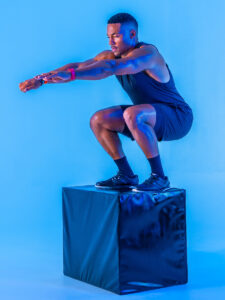 Box jumps provide cardiovascular intensity while increasing your body’s ability to move explosively. They also help you work on balance, mobility, and coordination, making them an exercise that gives you layers of benefits.
Box jumps provide cardiovascular intensity while increasing your body’s ability to move explosively. They also help you work on balance, mobility, and coordination, making them an exercise that gives you layers of benefits.
Start with a small box—six inches is a good place to begin if you’ve never done box jumps—and focus on your form and movement. Then, as you perfect your technique, add height in increments.
David’s Tip: Focus on landing softly with control, keeping your feet under your hips and your knees slightly bent. Think about “floating” onto the box and minimizing impact… similar to how Xero Shoes encourage a light, natural step.
Strength-Building Focus: Use your arms to generate momentum, engage your glutes and quads on the jump, and work on improving height over time while maintaining perfect form.
Battle Ropes
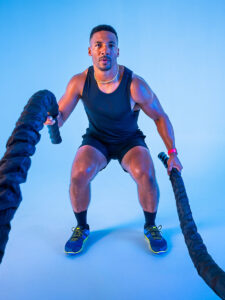 You’ve seen battle ropes in movie montages, but have you ever tried them? When you do, you’ll quickly discover they provide a full-body workout, challenging your strength and stamina. Battle ropes may look easy, but pace yourself. It might surprise how quickly you start to feel uncoordinated.
You’ve seen battle ropes in movie montages, but have you ever tried them? When you do, you’ll quickly discover they provide a full-body workout, challenging your strength and stamina. Battle ropes may look easy, but pace yourself. It might surprise how quickly you start to feel uncoordinated.
David’s Tip: Stand grounded with your feet hip-width apart, knees slightly bent, and core engaged. Move the ropes in fluid, powerful waves to work both upper body and cardio simultaneously.
Strength-Building Focus: Incorporate intervals—go hard for 20-30 seconds, then rest. Over time, increase the duration or resistance to build endurance and upper-body strength.
Barbell Squats
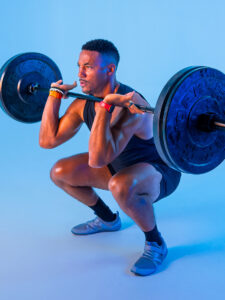 A squat is one of the most functional movements there is. You likely perform a squat motion multiple times during your day—any time you pick up something from the floor and lift it, you’re engaging in a squat (or you should be!). Improving your ability to do a squat—and to lift more when you do—increases your core strength and stability.
A squat is one of the most functional movements there is. You likely perform a squat motion multiple times during your day—any time you pick up something from the floor and lift it, you’re engaging in a squat (or you should be!). Improving your ability to do a squat—and to lift more when you do—increases your core strength and stability.
David’s Tip: Keep your chest lifted, core braced, and feet hip-width apart with your toes slightly outturned. Imagine you’re gripping the ground with your feet, just as you would in minimalist footwear, to maintain balance and alignment.
Strength-Building Focus: Gradually increase the weight, focusing on depth and full range of motion. Add tempo work to improve control and stability.
Burpees
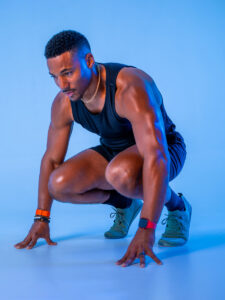 Burpees combine functional movement with a broad range of motion and explosive energy, strengthening your body in many ways simultaneously.
Burpees combine functional movement with a broad range of motion and explosive energy, strengthening your body in many ways simultaneously.
David’s Tip: Move explosively but stay in control. Focus on a solid push up position at the bottom with your chest making contact to the ground and then transitioning to a powerful jump at the top.
Strength-Building Focus: Add variations like target jumps to increase intensity. For endurance, aim to increase the number of burpees you can complete in a set time.
Focus on Your Foundation First
When you focus on building a strong foundation and engaging in natural movement, you’ll set yourself up for more success in the coming year… and you’ll feel better and enjoy every moment more.
“By combining these tips with Xero Shoes philosophy of natural movement, you’ll develop strength, agility, and endurance that’s both functional and sustainable. Stay grounded, stay consistent, and go get after it!!” – Coach Freezy
Natural movement starts with shoes that let your feet move the way nature intended. Check out these favorites for getting back to the gym…
Forza Trainer
Nexus Knit
HFS II
The content of this post does not constitute and is not intended to be a substitute for professional medical advice, diagnosis or treatment. Always seek the advice of a physician or other qualified health provider with any questions or concerns you may have about your health or a medical condition.

